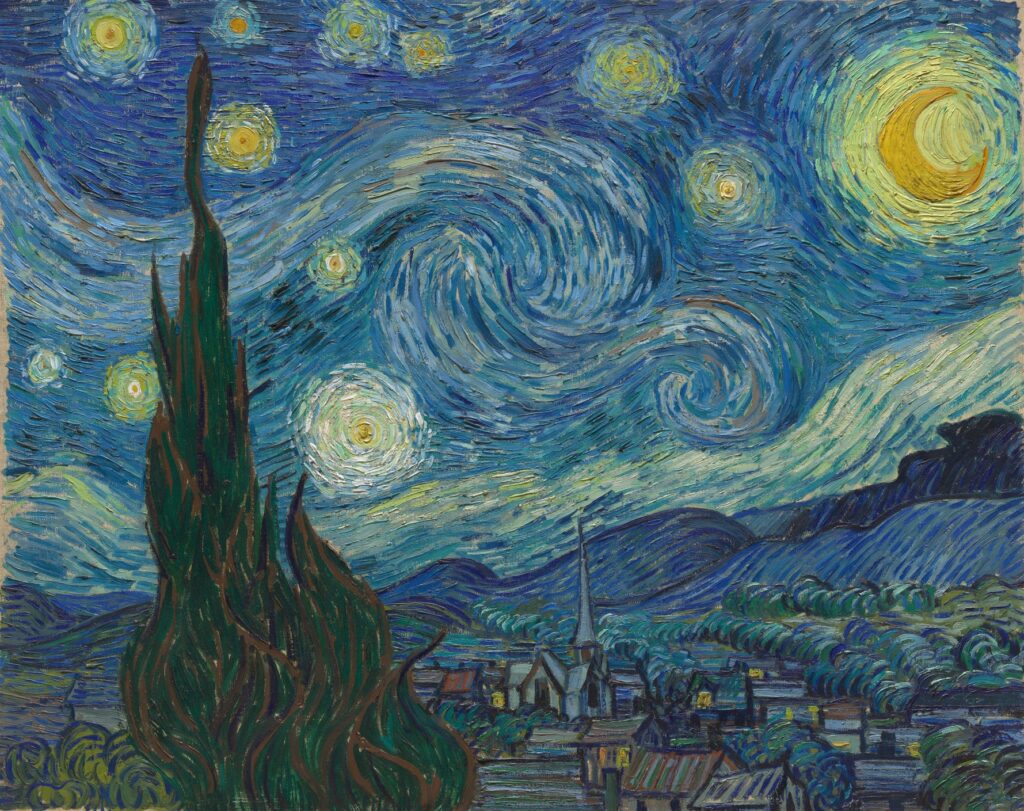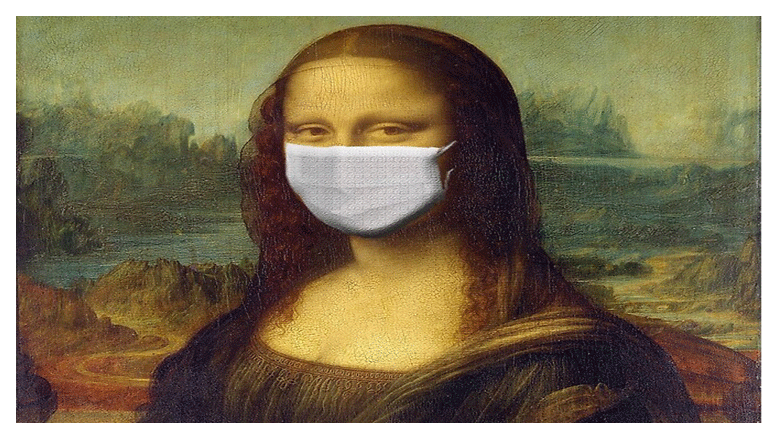In today’s rapidly advancing digital era, “pixel vs paint” captures a cultural shift that has sparked ongoing debate in the creative world. As brushes meet styluses and canvases compete with screens, this intersection reflects deeper questions about the future of art itself.
But amidst this transformation, many are left asking: Can pixel truly succeed paint in the evolving digital world? Or will traditional art always endure in the heart of human expression?
A Brief Evolution: From Pigments to Pixels
Art has always been a mirror of its time. From the earliest cave paintings using mineral pigments to the masterpieces of Renaissance oil paintings and the tactile explorations of Impressionism, Expressionism, Surrealism, Cubism, Abstract Art, and more, each era brought a new material and method. Traditional tools such as paint, canvas, charcoal, brush, knife, etc, have enabled generations of artists to channel imagination into lasting visuals. These hands-on art forms were more than aesthetic; they were rituals of engagement, invoking touch, smell, and presence.
With industrialisation and, later, the digital revolution to pixels, creativity found new vessels. Artists moved from physical studios to screens, using styluses, tablets, and software to compose vibrant, multilayered works. While traditional mediums rely on the unpredictability of physical elements like drying time or pigment blend, digital mediums offer unprecedented control and flexibility. Yet even as digital media rises, echoes of the past persist. We find ourselves at a crossroads where traditional and digital art not only coexist, but they blend. Many digital creators still study classical forms to understand light, composition, and form, blurring the divide between the analogue and the virtual.


The Digital Shift, Pixel vs Paint: Threat or Transformation?
The digital world has not only changed how we create but also how we value and consume art. Screens have become our primary gallery walls. From Instagram to online auctions, the art audience has become more democratised. Museums now host immersive digital exhibits, and global collectors purchase JPEGs backed by blockchain.
Still, this shift has stirred discomfort. For some, “pixel paint” feels devoid of soul. The absence of tangible brushstrokes, the glow of a monitor instead of canvas texture—these nuances matter. And yet, digital artists argue: mastery lies in vision, not just in medium. Stylus or sable brush? A creator still needs perspective, technique, and storytelling.
Then again, classical artworks like Leonardo da Vinci’s Mona Lisa or Pablo Picasso’s most celebrated pieces continue to be revered as irreplaceable cultural treasures. These masterpieces are considered priceless, not simply for their historical importance, but also for the irreplaceable human touch they carry. Auction houses have seen iconic paintings by Picasso, Salvador Dali, Edward Munch, Monet, and Van Gogh fetch hundreds of millions, while others, like the Mona Lisa, are so valuable they will never be sold. This reverence underscores the enduring power of paint in a world increasingly ruled by pixels.

Meanwhile, digital art has carved its path into legitimacy. A landmark moment came with Beeple’s Every Day – the First 5000 Days, a digital collage that sold for nearly $70 million as an NFT. This sale wasn’t just a headline—it was a cultural shift, validating digital art as collectable, valuable, and historical. Non-Fungible Tokens (NFTs) ensure provenance in an age of replicability, offering digital works the exclusivity once reserved for oil paintings and bronze sculptures.
Traditional (paint) and digital (pixel) art now frequently overlap. Artists sketch by hand and render digitally. Others combine scanned brushwork with digital effects. This is not a battle; it’s a confluence.
Beyond Comparison: Understanding the Mediums
Before diving into the strengths and limitations of digital and traditional mediums, it’s important to remember that the “pixel paint” debate isn’t about replacement. It’s about how tools influence the experience of creating and the meaning behind the message.
Both mediums serve different needs, occasions, and expressions. And whether you’re an art enthusiast, a collector, or a creator, knowing their contexts enhances appreciation for the final work.
Traditional art fosters a direct connection between the artist and their medium. Whether it’s the smell of turpentine or the texture of a brushstroke, the sensory experience plays a vital role. It encourages tactile problem-solving and adaptability—qualities often lost in digital workflows. At the same time, its uniqueness and irreplaceability continue to attract collectors and institutions alike.
Digital art allows you to carry a virtual studio in your backpack. It simplifies experimentation and reduces the fear of failure, encouraging creators to take more risks. Yet, its convenience can sometimes make the process feel mechanical or impersonal. However, with proper training and vision, digital art opens up global possibilities—allowing one’s work to transcend borders, time zones, and even physical limitations.
Pros and Cons of Pixel and Paint
| TRADITIONAL ART | DIGITAL ART |
| PROS | PROS |
| – Authenticity through imperfection – Uniqueness; difficult to replicate – Enhances fine motor skills and coordination – Diverse materials: canvas, sculpture, textile, print – Non-electric, energy-free creation process | – Easily shareable and reproducible – Cost-effective over time – Easier to correct mistakes and refine – Flexible tools and resources – Portable and efficient |
| CONS | CONS |
| – Mistakes are hard to correct – High cost due to ongoing material needs – Less portable and harder to store – Time-consuming and less scalable | – Can feel impersonal or duplicable – Learning curve for digital software – Dependence on electricity and technology – Creative paralysis due to infinite possibilities |
Shared Core Values: What Unites Pixel and Paint?
Regardless of the medium and method, digital and traditional art are built on the same foundation—vision and intention.
Purpose and Expression
Whether created with a brush or a stylus, art is ultimately a vessel for meaning. The message behind a piece, the emotion it evokes, the story it tells, the critique it offers—is what gives it value. Both digital and traditional artists aim to move their audience, making the purpose of the work more important than the medium.
Skill and Vision
Great art doesn’t come from tools alone; it’s born from skill, practice, and imagination. Traditional artists study anatomy, light, and texture just as digital artists must master layers, software tools, and colour theory. In both worlds, creativity is powered by discipline, learning, and the desire to grow.
The Verdict: Pixel vs Paint, or Pixel and Paint?
Rather than framing the discussion “Pixel vs Paint” as a competition, perhaps we should celebrate the interplay between the two. The future of art is not a binary choice but a layered canvas that combines pixel and paint. Traditional methods give us grounding and depth, while digital tools offer new dimensions and reach.
Art is evolving. But its essence, creativity, emotion, vision, remains untouched.Final Thought: The next time you encounter a glowing screen or a textured canvas, remember, it’s not about which medium you choose. The medium is the messenger, but you are the voice.

